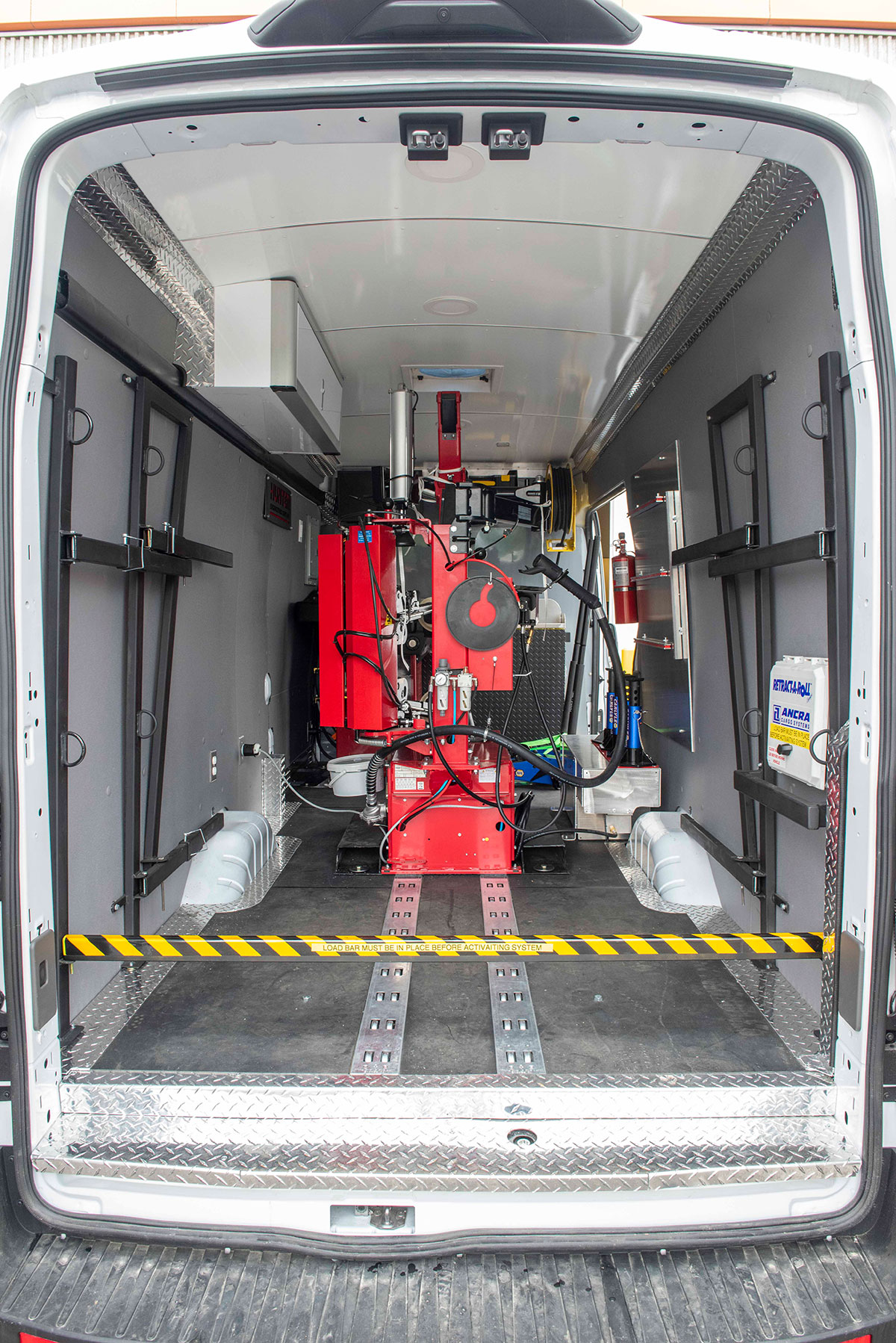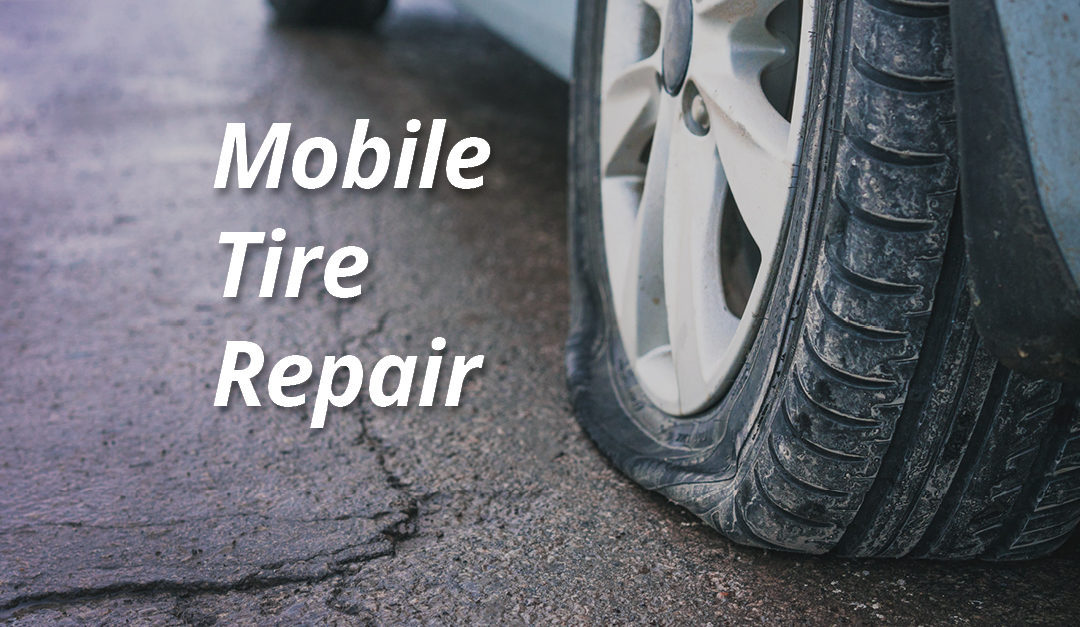Reliable Flat Tire Repair Las Vegas - Mobile Help
Reliable Flat Tire Repair Las Vegas - Mobile Help
Blog Article
Tire Service: Proven Approaches for Optimum Tire Maintenance and Treatment
From guaranteeing correct tire stress to regular turning and positioning, there are proven methods that can dramatically expand the life expectancy of your tires and enhance overall driving experience. Allow's dig into the globe of tire service and discover the secrets to keeping your tires in excellent shape for the long haul - Mobile Tire Service Las Vegas.
Importance of Tire Pressure
Correct tire pressure is a critical element in guaranteeing optimal lorry efficiency and safety when traveling. Keeping the recommended tire pressure levels offered by the supplier offers many advantages. Adequate tire stress advertises much better fuel performance, as under-inflated tires can lead to boosted rolling resistance, triggering the engine to function harder and consume more fuel. Correct tire stress ensures even walk wear, improving tire longevity and conserving cash in the lengthy run by postponing the requirement for premature replacements. Additionally, properly blew up tires contribute to improved handling and stopping capacities, essential for safe driving in various roadway conditions. Over-inflated tires, on the other hand, can lead to reduced traction and a harsher adventure. On the other hand, under-inflated tires are prone to overheating, which can bring about mishaps and blowouts. On a regular basis readjusting and examining tire stress, specifically eventually trips, is a simple yet effective means to boost car performance, prolong tire life expectancy, and focus on security when traveling.
Tire Turning Standards
When considering tire rotation standards, it is vital to recognize the significance of this upkeep task in maximizing tire lifespan and maintaining optimum lorry performance. Tire rotation entails altering the setting of each tire on an automobile to ensure even walk wear. Front tires tend to use quicker than rear tires due to guiding pressures, making regular rotation important for well balanced wear patterns. The advised turning pattern differs relying on whether a car is front-wheel, rear-wheel, all-wheel, or four-wheel drive. Typically, tires ought to be revolved every 5,000 to 7,500 miles, or as recommended in the vehicle guidebook. Disregarding tire turning can bring about uneven wear, affecting handling, traction, and possibly compromising automobile safety and security. By sticking to proper rotation guidelines, chauffeurs can expand the life of their tires, improve fuel efficiency, and enhance general driving experience. Normal rotation is an easy yet efficient upkeep method that adds dramatically to tire long life and vehicle performance.

Benefits of Wheel Alignment
Making sure proper wheel positioning after tire rotation is vital for maintaining balanced wear patterns and making best use of automobile efficiency. Wheel placement describes the change of the angles of the wheels to the manufacturer's requirements. One of the essential advantages of wheel positioning is enhanced steering and managing reaction. When the wheels are properly straightened, it minimizes steering effort, making sure a smoother and extra regulated driving experience. Furthermore, right wheel positioning assists to prolong the life expectancy of your tires. Misaligned wheels can trigger unequal tire wear, causing premature tire replacement and raised maintenance expenses.

Tire Tread Deepness Check
Executing a regular examination of tire walk depth is essential for preserving safe driving conditions and prolonging the life-span of your tires. The step on your tires plays a critical function in providing grip, particularly in unsafe or damp conditions. To inspect your tire step deepness, you can make use of a tread depth gauge or the penny test. The advised tread deepness is at the very least 2/32 of an inch. It is time to replace your tires to guarantee ideal performance and security on the road if the tread depth is listed below this threshold. Irregular step wear can suggest concerns with tire positioning, suspension, or pressure, highlighting the importance of routine tread deepness checks. Overlooking to check and maintain appropriate step depth can cause minimized grasp, longer braking distances, and a raised threat of hydroplaning. By including tire tread depth check out your routine maintenance routine, you can drive with self-confidence knowing that your tires remain in leading problem.
Seasonal Tire Examination
An extensive evaluation of tire condition tailored to particular weather condition problems is essential for preserving optimum performance and security throughout the year. Seasonal tire inspection is a basic element of tire maintenance that makes certain tires are prepared to encounter the challenges positioned by different weather conditions. To prepare for winter months, it is necessary to check the tire pressure consistently as cool temperatures can cause tire stress to go down. Checking tire step depth is additionally essential to make sure sufficient grip on why not try this out snow and frozen roadways. Furthermore, looking for indications of damage, such as lumps or splits, can help avoid prospective tire failings. As the seasons adjustment, it is essential to assess tire problem and make any type of needed adjustments to ensure secure driving. By conducting routine seasonal tire evaluations, motorists can extend tire life-span, enhance fuel performance, and most importantly, guarantee a safe and secure driving experience in varying climate condition - Mobile Tire Service Las Vegas.
Final Thought
In final thought, preserving appropriate tire stress, revolving tires on a regular basis, lining up wheels correctly, monitoring step deepness, and performing seasonal examinations are necessary practices for ideal tire treatment. By following these confirmed methods, vehicle drivers can guarantee their tires last longer, execute far better, and add to overall car safety and security. It is very important to focus on tire upkeep visit this website to avoid accidents, improve gas performance, and lengthen the life-span of tires.
Ample tire pressure promotes far better gas performance, as under-inflated tires can lead to boosted rolling resistance, causing the engine to function tougher and consume even more fuel.When considering tire rotation standards, it is necessary to recognize the importance of this upkeep task in taking full advantage of tire life expectancy and keeping optimum lorry efficiency. Seasonal tire evaluation is a basic facet of tire upkeep that makes sure tires are all set to face the difficulties posed by various weather problems. By conducting regular seasonal tire inspections, vehicle drivers can lengthen tire life-span, improve gas performance, and most importantly, guarantee a safe driving experience in varying weather conditions.
In final thought, keeping proper tire stress, rotating tires on a regular basis, straightening wheels properly, keeping an eye on tread deepness, and carrying out seasonal assessments are important methods for optimal tire treatment.
Report this page